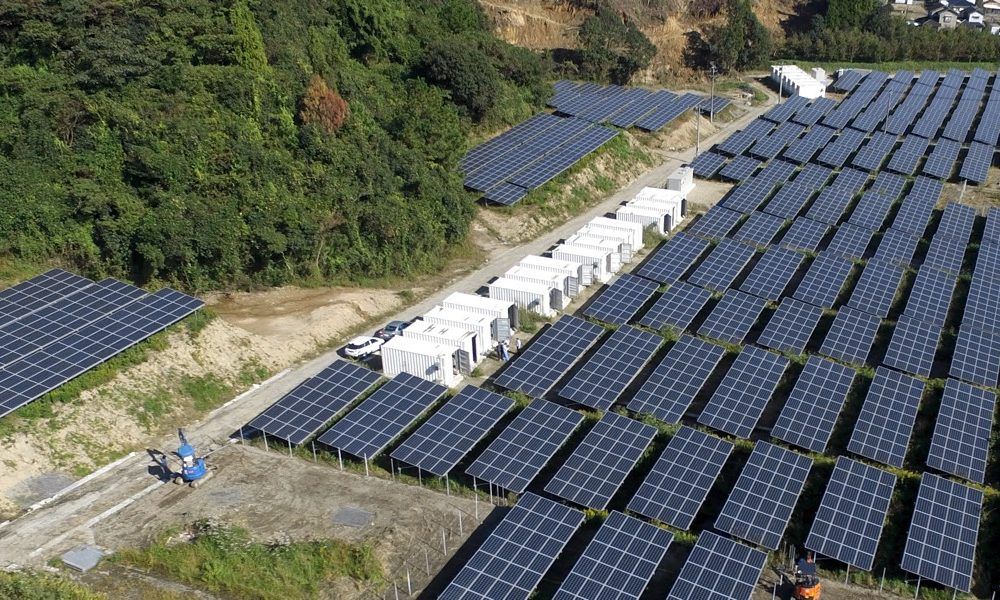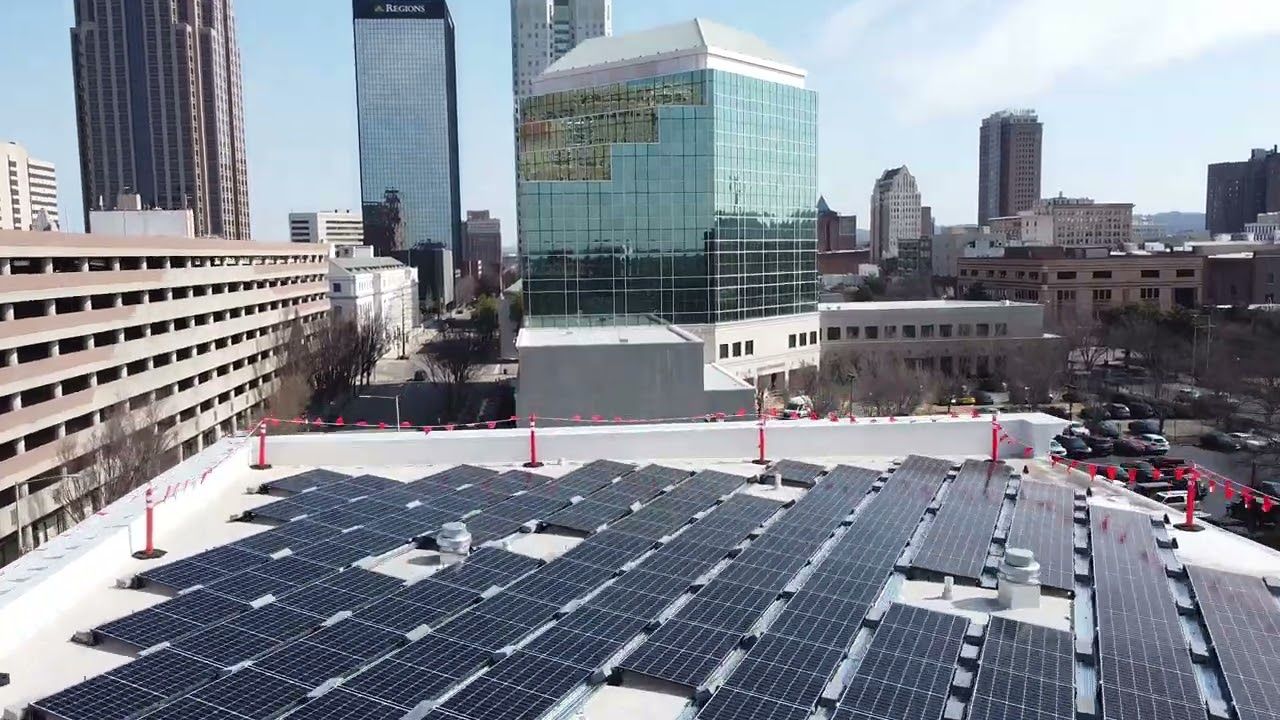Solar Tax Credit
As a homeowner, investing in solar energy can not only help the environment but can also provide significant financial benefits. One of these benefits is the Solar Tax Credit, also known as the Investment Tax Credit (ITC), which can significantly reduce the cost of a solar energy system.
The Solar Tax Credit was established by the federal government in 2006 as part of the Energy Policy Act. It allows homeowners to claim a credit of 26% of the cost of their solar energy system on their federal income tax return. This credit applies to both residential and commercial solar installations, and can be claimed in the year the system was installed or spread out over several years.
In addition to the federal Solar Tax Credit, many states also offer their own tax credits or incentives for solar energy. For example, in California, homeowners can receive a state tax credit of 25% of the cost of their solar energy system, for a total potential tax credit of 51% of the cost.
The Solar Tax Credit has been a key factor in making solar energy more affordable for homeowners. According to the Solar Energy Industries Association (SEIA), the average cost of a residential solar energy system has fallen by nearly 50% since the ITC was established. This has led to a significant increase in the number of homeowners installing solar energy systems, with the SEIA reporting a more than tenfold increase in solar installations since 2006.
Not only does the Solar Tax Credit help homeowners save money on the initial cost of their solar energy system, but it can also provide ongoing financial benefits. Solar energy systems can significantly reduce a homeowner's monthly electricity bills, with the average homeowner saving around $44 per month on their electricity bills after installing a solar energy system. Over the lifetime of the system, this can add up to thousands of dollars in savings.
Furthermore, the value of a home with a solar energy system can also increase. A study by the National Renewable Energy Laboratory (NREL) found that homes with solar energy systems sold for an average of 4.1% more than comparable homes without solar energy systems. This increase in value can provide homeowners with a significant financial benefit when it comes time to sell their home.
In order to receive the Solar Tax Credit, homeowners must follow a few steps. First, the solar energy system must be installed on the homeowner's primary residence or second home. It cannot be installed on a rental property or business. The system must also meet certain technical requirements, such as being installed by a licensed contractor and meeting applicable building and electrical codes.
Once the solar energy system is installed, the homeowner must claim the credit on their federal income tax return. This is done by filling out Form 5695 and attaching it to their tax return. The credit can be claimed in the year the system was installed or spread out over several years.
In conclusion, the Solar Tax Credit is a valuable financial benefit for homeowners who invest in solar energy. Not only does it help reduce the initial cost of a solar energy system, but it can also provide ongoing savings on monthly electricity bills and increase the value of a home. By taking advantage of this credit, homeowners can not only help the environment but also save money on their energy costs.
Sources:
- "Residential Solar Energy Tax Credit." Energy.gov. Accessed March 22, 2021. https://www.energy.gov/savings/residential-solar-energy-tax-credit
- "State and Local Solar Policy." Solar Energy Industries Association. Accessed March 22, 2021. https://www.seia.org/state-and-local-solar-policy
- "Solar Tax Credit: What You Need to Know." EnergySage. Accessed March 22, 2021. https://news.energysage.com/solar-tax-credit-explained/#:~:text=2022%20%E2%80%93%202032%3A%20owners%20of%20new,will%20continue%20for%20commercial%20systems.




